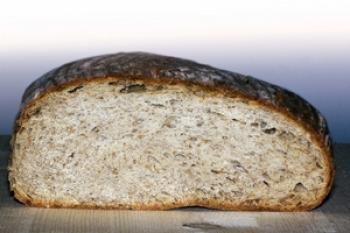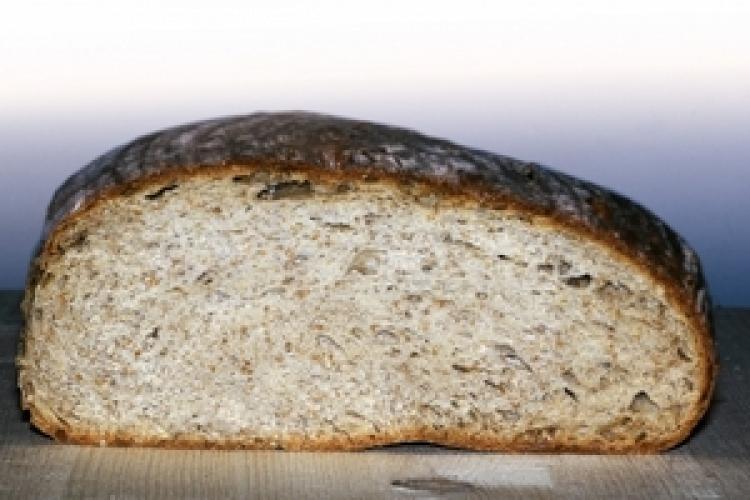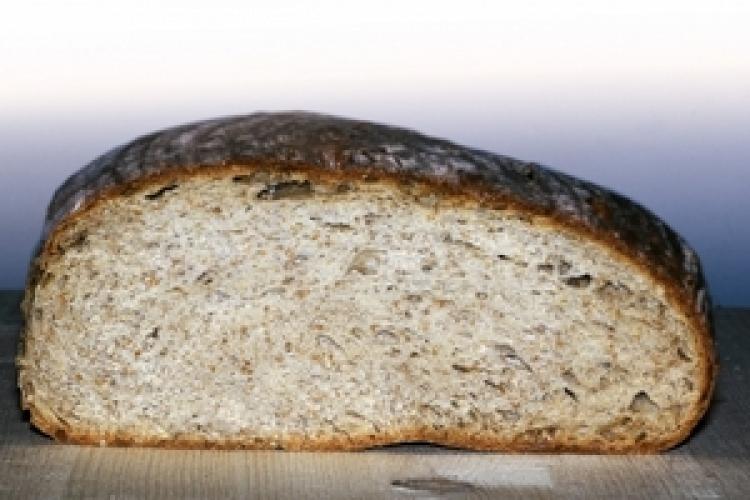Baking Like a Professional—Small Trick Gives Best Results
Homemade bread is tasty, but often fails to compare to a fresh loaf from the bakery, at least in shape, consistency, and general appearance.

Dark bread: crispy on the outside, soft on the inside, and lots of flavor Albrecht E. Arnold/Pixelio.de
|Updated:







